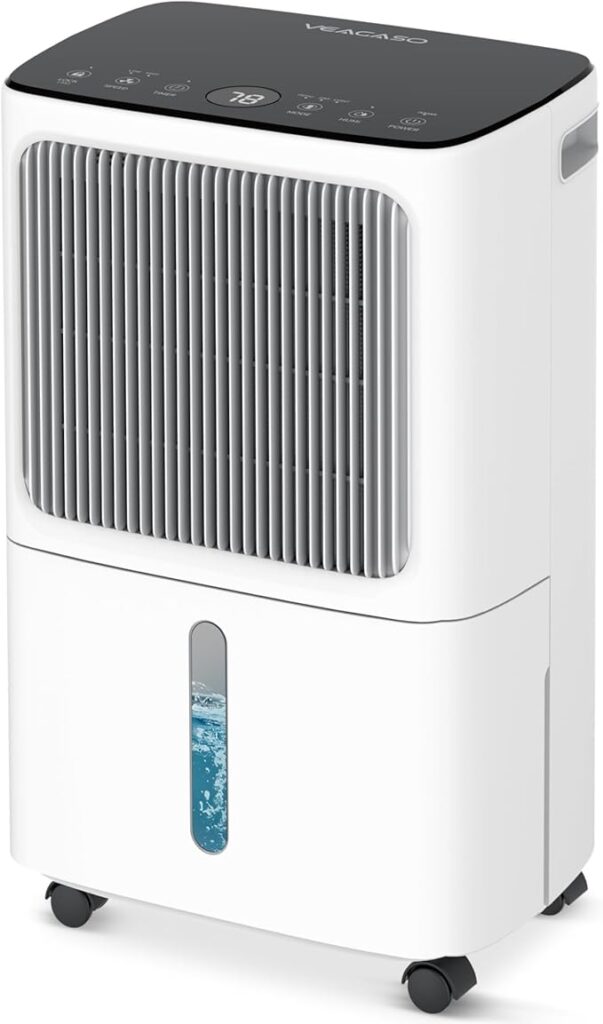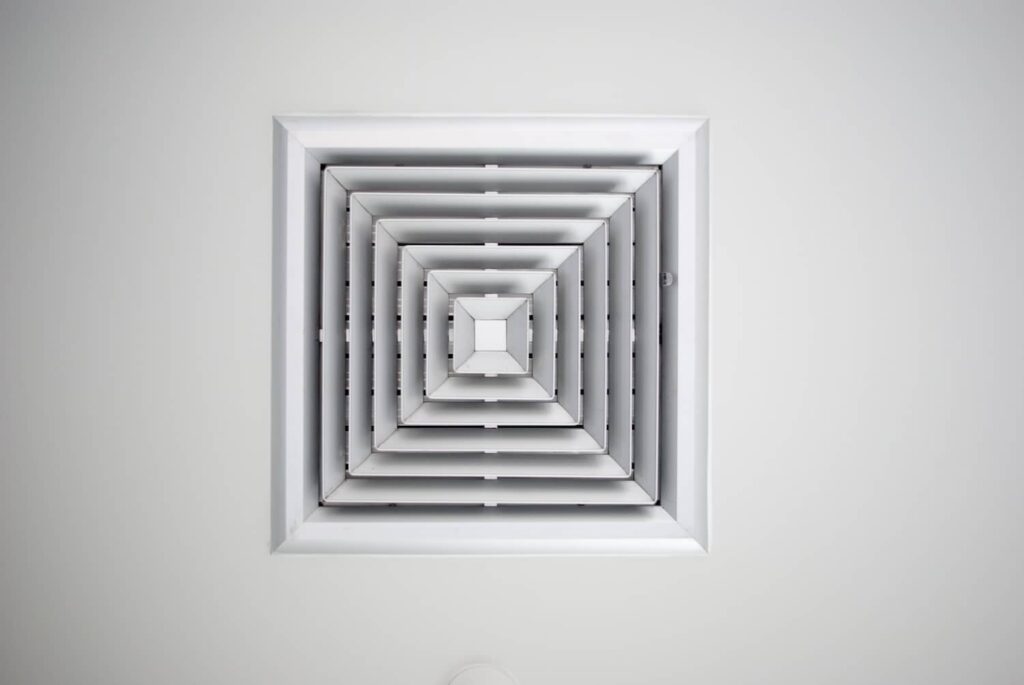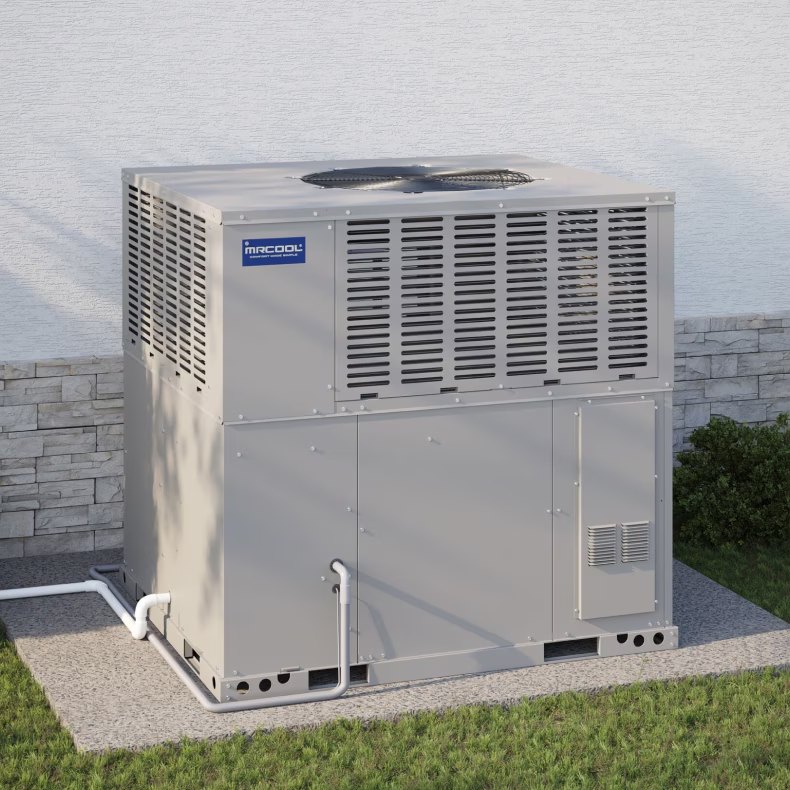Just like that sock you threw under the bed and have been avoiding to drawl under the bed and trace, Basement Ventilation System are often maligned.
To an extent, one might say that they are neglected and put in the back burner. After all, what would one want with an often dark space that has no much value but storing things you are unlikely to use for eons? That is the going narrative with many basements.
However, in life, we often need space. The more space we have, the more comfortable and free we feel. Thus, while your house may be cramped up, your basement maybe the solution of your problems.
Many DIY projects on internet platforms often describe various renovation or reconstruction projects to transform basements into aesthetically-pleasing living areas.
For this reason, or to achieve this goal, installing a basement ventilation system is a no-brainer.
Thus, as this article explores this device, you will get to know why you need a ventilation for basement,the design considerations, and installation and maintenance practices.
Also read: Black dust around air vents.
Why You Need a Basement Ventilation System.
There are various benefits to installing a ventilation system:
- It is useful in preventing the growth of mold and mildew since it controls the moisture levels in the basement.
- It reduces humidity which is known for causing discomfort to human beings and existence of musky odors in the basement.
- Experts have suggested that with a well-ventilated basement, one is likely to enjoy a better ioverall air quality since the air will be circulating throiughout the entire house. As a result, it promotes a better quality of life for the household due to the healthier living environment established.
When installing a basement ventilation system, experts suggest that the following dynamics must be considered:
- Energy effecieny ratings
- Fan capacity and size
- Noise levels
These aspects are vital in ensuring one can enjoy the benefits underined since selecting the right basement ventilation system must lead to minimal disruptions to an individual’s lfe while ensuring optimal performance.
In many cases, the installation of this device is done as a Do-it-yourself (DIY) project or by contracting professionals.
The latter should be considered heavily because whether a basement ventilation system is installed through a ductwork, wndow or wall, careful planning should be prioritized to prevent any accidents and ensure efffective ventilation.
How a Basement Ventilation System Works.
To understand how you can improve the air circulation in your basement, it is necessary to understand how the basement ventilation system works. The following strategies indicate how it is usually set up:
- The basement ventilation system is installed on an exterior wall – requiring a 6-inch exhaust hole. The most popular location for the exhaust hole is through the rim joist above the foundation wall.
- The basement ventilation system louvered exhaust vent is mounted on the outside of the house – just like a dryer vent! It includes fine mesh screen to protect from any pests entering.
- The basement ventilation system telescoping chute usually fits any foundation wall height makes for easy installation.
- Standard chute – for walls up to 8′
- Extension chute – for walls up to 10′
- Crawlspace chute – for walls up to 5′
- Finally, one is expected to adjust the settings through the control panel:
- Fan Speed = Medium – High
- Humidistat = 35% – 45%
Basement Ventilation System Maintenance Instructions
Regular maintenance is key to keeping basement ventilation systems running smoothly and efficiently for as long as possible. As we noted, if you care about the air quality in your house, you need a basement ventilation system.
Thoroughly maintaining your basement ventilation system is essential to ensuring its optimum operation. Basement ventilation systems need the following five maintenance strategies:
- In order to keep the air in your basement moving, it is important to clean the basement ventilation fans on a regular basis. The accumulation of dust and debris may diminish the performance of these fans over time. Therefore, maintaining clean basement ventilation fans is essential to their proper operation. If the fans become dusty or dirty, you may clean them with a gentle cloth or a hoover.
- The filters on your basement ventilation fan should be changed regularly to keep the air purified and free of allergies and other contaminants. Dust and debris may accumulate over time and obstruct these filters, making them less efficient. In this case, changing these filters on a regular basis will keep your basement ventilation system running smoothly.
- A basement ventilation system would be incomplete without basement fans for ventilation, so be sure to check them. Mould and moisture can’t grow in an environment with these fans blowing air around. Hence, you have to make sure there are no blockages to your basement fans and that they are functioning properly by checking them often.
- You should verify the integrity of the ducts, vents, and grilles that make up your basement’s air ventilation system. The effectiveness of your ventilation system might be diminished when these parts accumulate dirt or get obstructed over time. To keep these parts in good operating order, check on them often and give them a good cleaning.
- Having a professional take care of routine maintenance on your basement ventilation system is the best way to guarantee its proper operation. If your system needs repairs or replacements, a professional may check it out. Keeping up with routine maintenance will keep your basement ventilation system in good operating order and save you money on repairs.
Basement ventilation systems may seem like a huge financial burden at first, but they really pay for themselves in the end.
Preventing structural damage from moisture and increasing indoor air quality may help homeowners save money on repair costs down the road. You may save money on your power costs over time by using energy-efficient fans.
Seek advice from HVAC experts for customised solutions and personalised direction. By analysing your basement’s specific requirements, these professionals can advise you on the best ventilation system to achieve your goals.
Also read: Ceiling Fan Clicking.
With expert guidance, you may have a stress-free and satisfying experience from start to finish, including design, installation, and maintenance.
If you want to improve the air quality in your house and make it more comfortable, a basement ventilation system is a great investment.
In order to protect themselves from the hazards linked to inadequate circulation and excessive moisture, homeowners may turn their basements back into usable living areas by installing adequate ventilation systems.
Every homeowner may discover the perfect ventilation solution for their house, thanks to the range of alternatives available. This will create a healthier and more pleasant living environment.
5 Basement Ventilation Systems For Better Air Quality
There are different methods you can ventilate your basement. You can undertake part of it yourself using the right tools while others can be professionally installed. The installation will differ in light of the basement ventilation system you install. Let’s discuss the most demanded ones to help you make your choice.
1.Energy Recovery Ventilator (ERV)
An energy recovery ventilator is a high-tech type of vents—they replace stale air with new air. Position this vent alongside your interior basement doorway so that there can be circulation between the basement and the rest of the home. This is an excellent option if opening your basement windows and doors isn’t feasible. They also capture heat and cooling energy so they are an efficient, energy-saving option.
This ventilation system is suitable for areas that are able to utilize outdoor air. An ERV preheats or precools incoming air and manages moisture in the air. This is beneficial for maintaining a pleasant temperature and improving air quality. An ERV is also a great basement bathroom ventilation solution. It is able to exchange stale bathroom air with new fresh outdoor air.
2.Air Purifier
Air purifiers, while not the end-all, can complement basement air ventilation systems by removing indoor pollution and cleaning the air. They suck in stale room air and force it through a cascade of filters. This removes airborne particles and generates clean air for your basement. This improves your space’s air quality, something that is healthy for people who suffer from respiratory ailments. They perform optimally when used in conjunction with other ventilation systems for effective air circulation and removal of contaminants.
3.Dehumidifier
A dehumidifier in the basement can be beneficial to the room by keeping the humidity level below 60% as recommended by the EPA. This can control mold and mildew development in your basement. Choose the size of your dehumidifier based on the size of your basement to get the optimal outcome. A dehumidifier will also remove mold and mildew odors from your basement by removing excess moisture from the air. This basement ventilation system can work its best when used along with other ventilation systems.

4.Exhaust Fans
Exhaust fans are designed to remove moisture-filled air from a bathroom. This is only one of the many reasons they are such an efficient basement bathroom ventilation option. Some bathroom fans work by removing wet air from your basement bathroom and circulating it with fresh air from the outside. Make sure you’re exhausting your basement to an open outside space. This can be done by installing exhaust fans into a vent pipe or window. This is one potential solution for targeted ventilation for special spaces.
If an exhaust fan isn’t an option for you, you can always keep a box fan in an open window. They’re small and lightweight, and cheap, so they’re a good temporary solution.

5.HVAC System
Think about adding your home’s heating and cooling system to your basement. A central air conditioning system functions by bringing air within your home, running it through a filter and cooling it to the desired temperatures. Doing this in a basement would provide additional airflow year-round.
A HVAC system is a great bathroom ventilation technique in the basement. If your HVAC system covers your bathroom, it will circulate the trapped air and drive out moisture. Make sure your HVAC system is well sized and well maintained for optimal performance.










